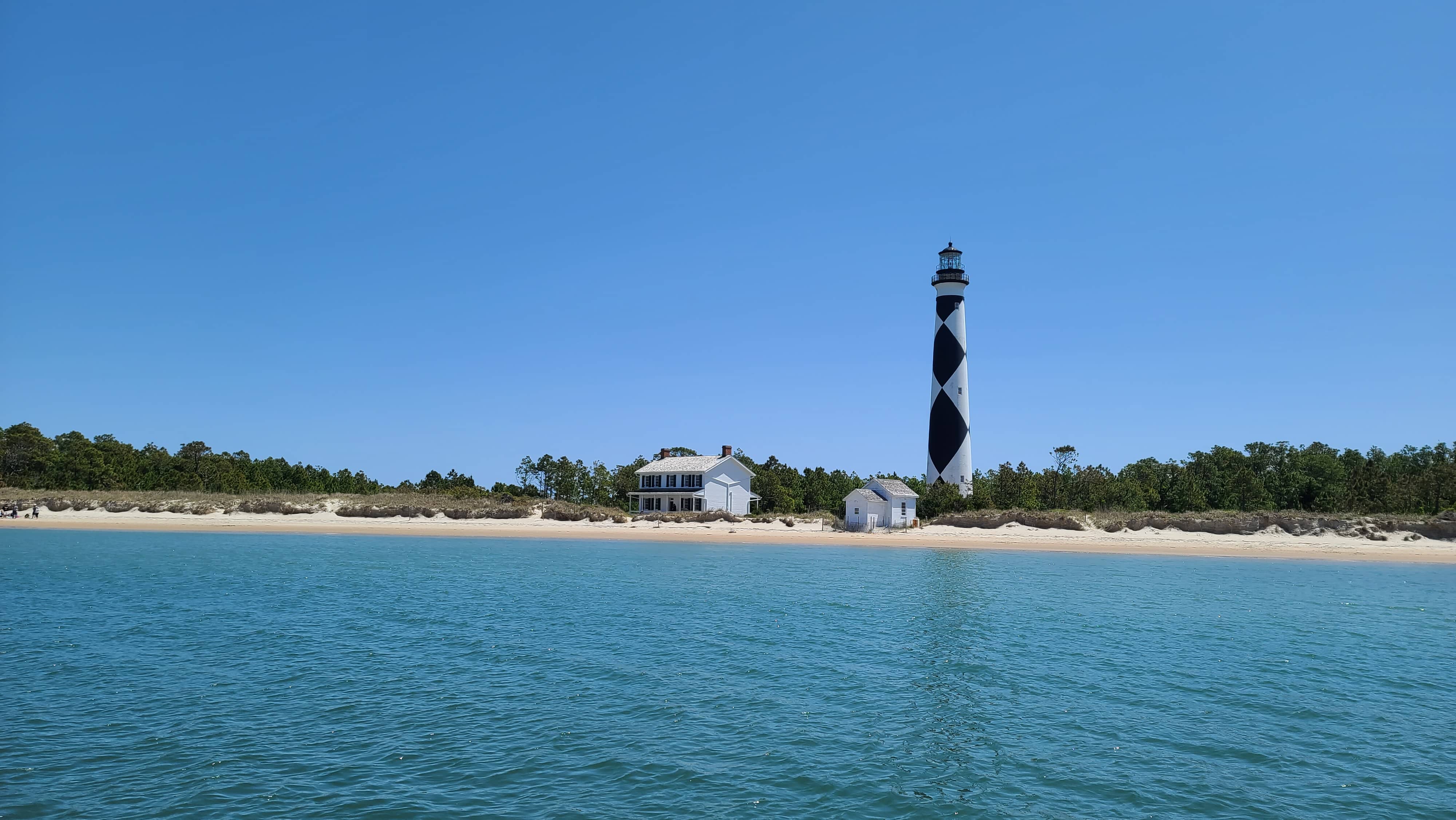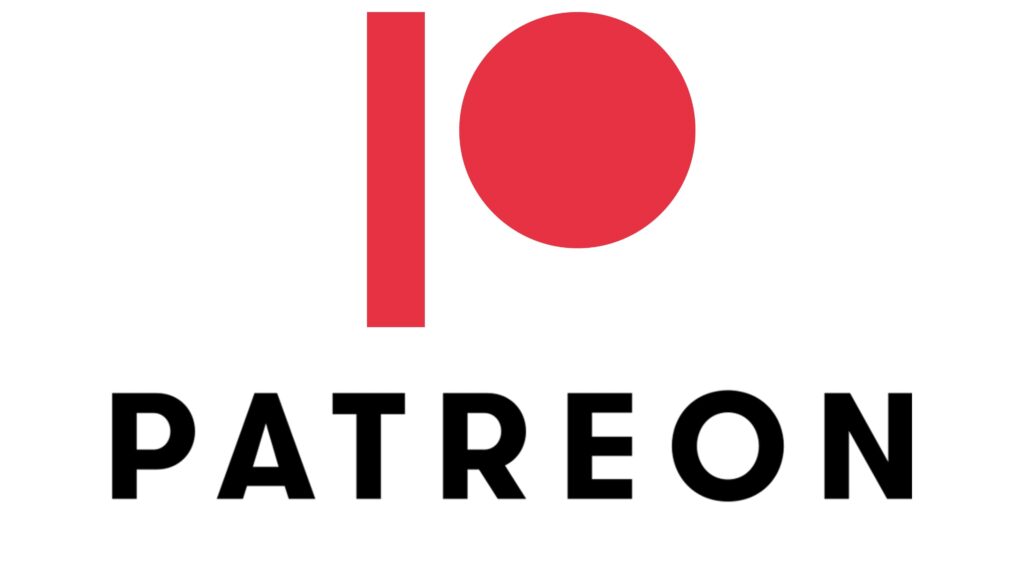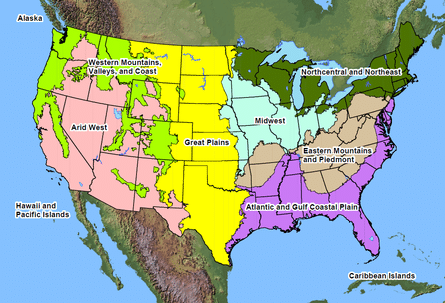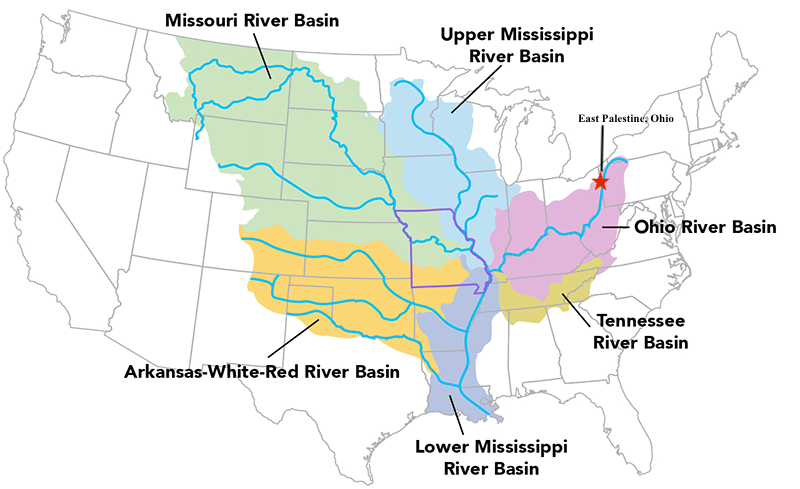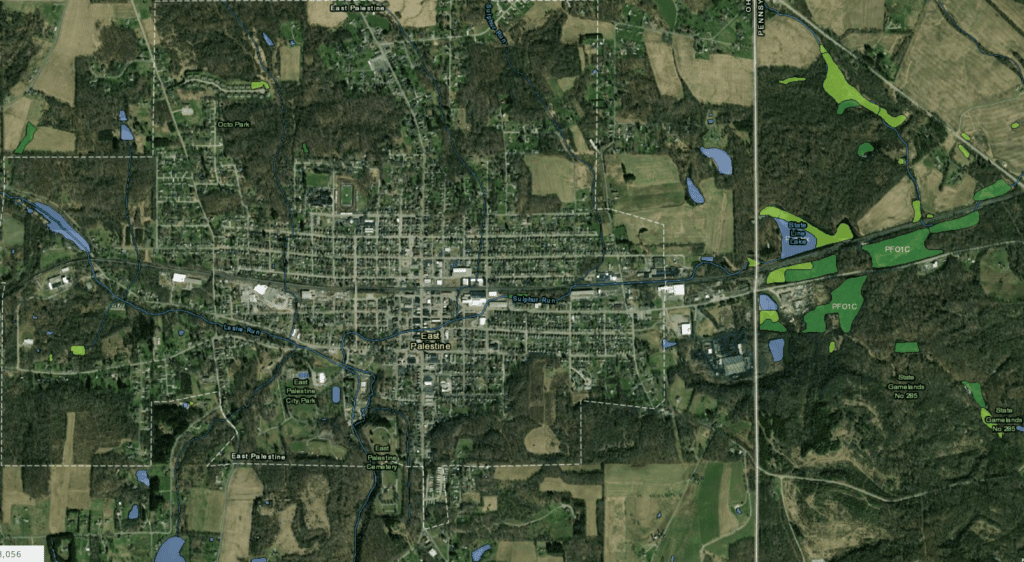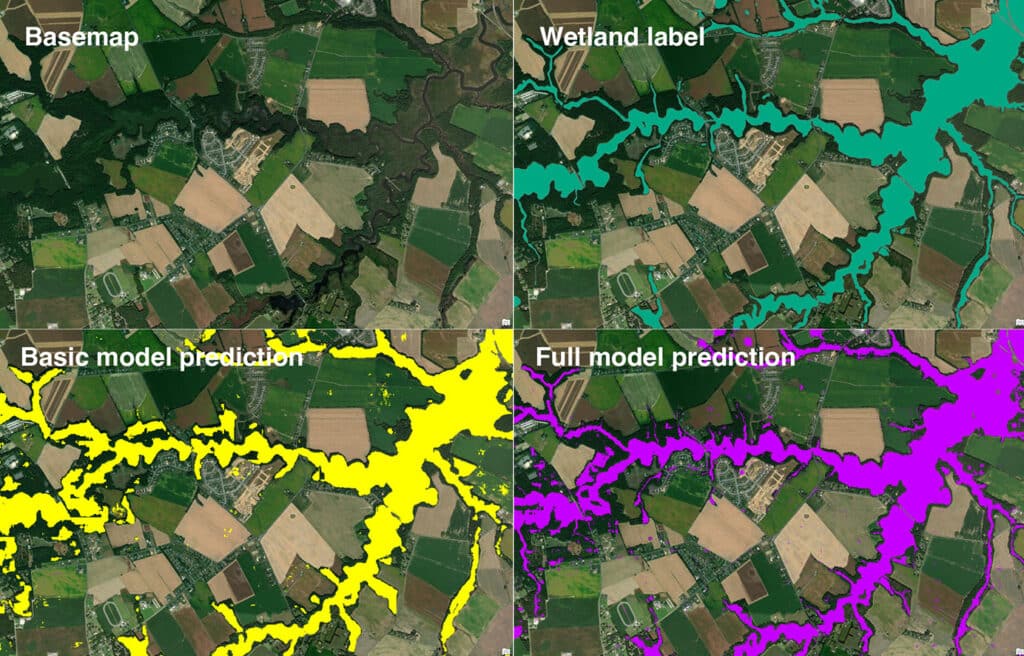
Introduced species that cause economic or environmental harm, or harm to human health, are called invasive species. The National Invasive Species Information Center states that “…these plants are characteristically adaptable to new habitats, grow aggressively, and have a high reproductive capacity. Invasive plants are often introduced to a new location without environmental checks and balances, such as seasonal weather, diseases, or insect pests that kept them under control in their native range. Their vigor, combined with a lack of natural enemies, often leads to outbreak populations.”
Invasive Wetland Plants
When one thinks of invasive wetland plant species, these four species probably come to mind, Reed Canary Grass (Phalaris arundinacea), Purple Loosestrife (Lythrum salicaria), Common Reed (Phragmites spp.), and Cattails (Typha spp.). Reed Canary Grass was introduced by settlers and farmers who planted this grass as a food source for their livestock. Boats from Eurasia inadvertently carried Phragmites seeds in their ballast. Purple Loosestrife was either accidentally introduced via ship ballasts or deliberately brought over as an ornamental.
Wetlands provide benefits ranging from water filtration to storm surge protection; however, wetlands have become vulnerable to invasive species. Wetlands seem to be especially vulnerable to invasions. Even though ≤6% of the earth’s land mass is wetland, 24% (8 of 33) of the world’s most invasive plants are wetland species. Furthermore, many wetland invaders form monotypes, which alter habitat structure, lower biodiversity (both the number and “quality” of species), change nutrient cycling and productivity (often increasing it), and modify food webs. Wetlands are landscape sinks, which accumulate debris, sediments, water, and nutrients, all of which facilitate invasions by creating canopy gaps or accelerating the growth of opportunistic plant species (Zedler & Kercher, 2004).
Purple Loosestrife
Purple loosestrife, a native to Eurasia, was introduced to eastern North America in the early to mid-1800s. It has the ability to become the dominant plant species in many wetlands. One plant can produce as many as 2 million wind-dispersed seeds per year, and underground stems grow at a rate of 1 foot per year.
Control of invasive wetland plants generally falls into one of three categories: mechanical, chemical, and biological. Mechanical control means physically removing plants from the environment through cutting or pulling. Chemical control uses herbicides to kill plants and inhibit regrowth. Biological controls use plant diseases or insect predators, typically from the targeted species’ home range.
Biological Control
Biological controls are moving into the forefront of control methodologies, but the only widely available and applied biocontrol relates to Purple Loosestrife. Three different species have been used in North America to attempt to control purple loosestrife: two species of beetles and one weevil.
Galerucella pusilla and G. calmariensis are leaf-eating beetles that seriously affect growth and seed production by feeding on the leaves and new shoot growth of purple loosestrife plants. The two species share similar ecology and life history. Adults feed on young plant tissue, causing a characteristic “shot hole” defoliation pattern. The larva feed on the foliage and strip the photosynthetic tissue off individual leaves, creating a “windowpane” effect. At high densities (greater than 2-3 larvae per centimeter of the shoot), entire purple loosestrife populations can be defoliated. Several defoliations are needed to kill the plant. Adult beetles are mobile and possess good host-finding abilities.
According to wetland scientist, Tom Ward, species of Galerucella beetles have been released in Upstate New York in prior years as a biological control for Purple Loosestrife.
“Every year, I find new beetles in new areas. While the loosestrife is not completely eliminated, it is controlled, as individual plants become stressed to the point where they do not flower. The beetles have had good success at controlling the loosestrife. In my experience, I would estimate that it is between 70-75% effective. The beetles, once released, naturally reproduce on their own and then disperse as the food source gets depleted. Therefore, loosestrife control is cyclic. Once the beetles deplete the food source, they move to other nearby food sources. That allows the loosestrife to regenerate, but not at levels experienced before release. As the loosestrife returns to a specific site, so do the beetles.”
Tom Ward, CWB, PWS
Future Use
Recent scientific advancements in genetics and interactions between host plants and their micro-organisms create a unique opportunity to develop cutting-edge technologies to control invasive and promote native species establishment, further improving the efficiency and results of management actions. Sequencing and describing a plant’s genome opens the door to species-specific treatments that limit the expression of specific traits that help non-native plants outcompete native plants and invade critical habitats. By testing new non-toxic bioherbicides that target the relationship between invasive plants and bacteria, fungi, and other microbes, we can advance our understanding of how microbes contribute to plant invasiveness. However, these lines of research are novel and still full of many unknowns.
Sources
Chandler, M. and Skinner, L.C. (n.d.). Biological Control of Invasive Plants in Minnesota. Minnesota Departments of Agriculture and Natural Resources. Retrieved from https://files.dnr.state.mn.us/natural_resources/invasives/biocontrolofplants.pdf
Minnesota Department of Natural Resources. (n.d.). Purple Loosestrife control: Biological; Purple loosestrife Biological Control: A success story. Retrieved from dnr.state.mn.us/invasives/aquaticplants/purpleloosestrife/biocontrol.html
Zedler, J.B. and Kercher, S. (2004) Causes and Consequences of Invasive Plants in Wetlands: Opportunities, Opportunists, and Outcomes. Critical Reviews in Plant Sciences, 23, 431-452. http://dx.doi.org/10.1080/07352680490514673

